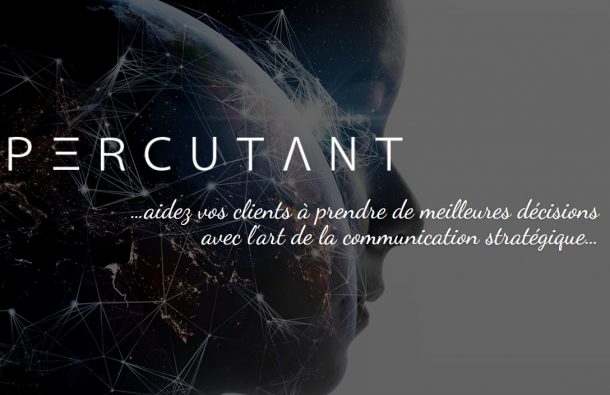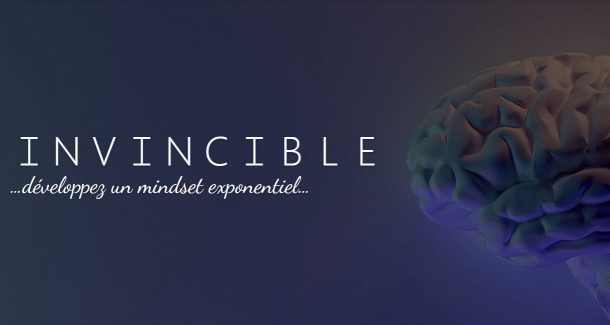Our behaviour under stress is determined by unconscious factors. Here is the advice of an interaction coach to resolve conflict situations and act as an excellent leader in your relationships with the people on your team.
In a previous article titled emotion in business pays off—big time! I talked about how emotions influence your relationships with your clients. But like everything, there are two sides to the story: emotions can also cost us dearly, especially in our relationships with the people on our team.
I’ve been coaching entrepreneurs for over a decade, and team management is a recurring theme. Being an excellent entrepreneur does not mean being an excellent leader. So how can you be a better leader? What should you do when a relationship with someone on your team is difficult? How to correct the situation?
To shed light on the influence of emotion in the management of our relationships with our team, I spoke with Mylène Pellerin, interaction coach, relationship facilitator, and human translator. Here are her tips.
Sara Gilbert – What behaviour do people naturally engage in when there’s conflict?
Mylène Pellerin – When faced with another person or a situation that makes us experience emotions that I describe as heavy (irritation, disappointment, frustration, anger, etc.), avoidance is the behaviour that tends to take over.
It’s our instincts that dictate this behaviour of “emotional survival”. With his Fight or Flight model, Walter Bradford Cannon illustrated well how we react to physical dangers. We react the same way to psychological dangers. We try to withdraw to protect ourselves from the situation or from the person who generated heavy emotions. It’s our flight mode that dictates this behaviour.
S.G. – Give us examples of avoidance behaviour.
M.P. – Avoidance behaviour is often unconscious at the start. It may take a while before you realize you’re doing avoidance.
Here are three types of behaviours that indicate that you are avoiding:
- Change your habits
This first type is the most common and the easiest to notice. You know that you’re avoiding when you:
- take your coffee breaks at a different time to make sure you do not meet a person;
- make a detour when going to an appointment, using the stairs rather than the elevator, for example;
- have lunch at your desk or outside to avoid the lunchroom.
- Cut eye contact
When we try to avoid someone, we also try not to see them; they “exist” less. Some contexts require that we look people in the eye, others do not:
- In a team meeting, you’ll choose to look at others rather than the person you are avoiding.
- If you meet the person in the hallway, you’ll greet them without looking directly into their eyes.
- If you see the person in a public place, you’ll simply look elsewhere.
- Reduce communication
When a situation or a person affects us, we want to move away from it. In avoidance behaviour, you’ll deliberately choose to:
- not answer the phone;
- not respond to emails;
- postpone a meeting.
S.G. – What does it do to the people on our team?
M.P. – We all adopt avoidance behaviours in situations that challenge us. On the other hand, as a leader, your team suffers more.
Here are three key aspects of your leadership role that you’ll hurt if you don’t learn to manage your avoidance behaviour:
- Trust: Your team members will no longer believe that you have the strength necessary to face difficult situations and and protect them against it.
- Credibility: You’ll be considered a good manager, but not a good leader because you don’t have the assurance of going towards what is more difficult for you.
- Commitment: People on the team are less likely to follow you and be guided by your words and actions since you don’t inspire them.
S.G. – How should we react instead?
M.P. – To correct your avoidance behaviour, you must follow these four steps:
- Identify the people or situations that put you in an avoidance position.
- Observe and recognize your avoidance behaviours to improve your habits;
- Transform unconscious and passive avoidance (to endure a situation) into conscious and strategic avoidance (to prepare for confrontation);
- Learn to face the conflict situation with calm and respect.
S.G. – What’s the greatest difficulty in getting out of avoidance behaviours?
M.P. – The secret is to choose to work on yourself, which requires time and energy. It also requires looking at yourself in a context where you are more vulnerable and less equipped. So, it requires humility and honesty.
But as I always say to my clients: it’s one step back to question yourself and two steps forward to change!
Mylène Pellerin
Mylène Pellerin has 10 years of experience in corporate communications, more specifically in strategic support, coaching, and intervention in conflict management. As an interaction coach, she helps leaders manage their communication and collaboration issues in the workplace. www.coach-interaction.com

Discover my previous articles
My Facebook page
My LinkedIn profile
My YouTube channel






